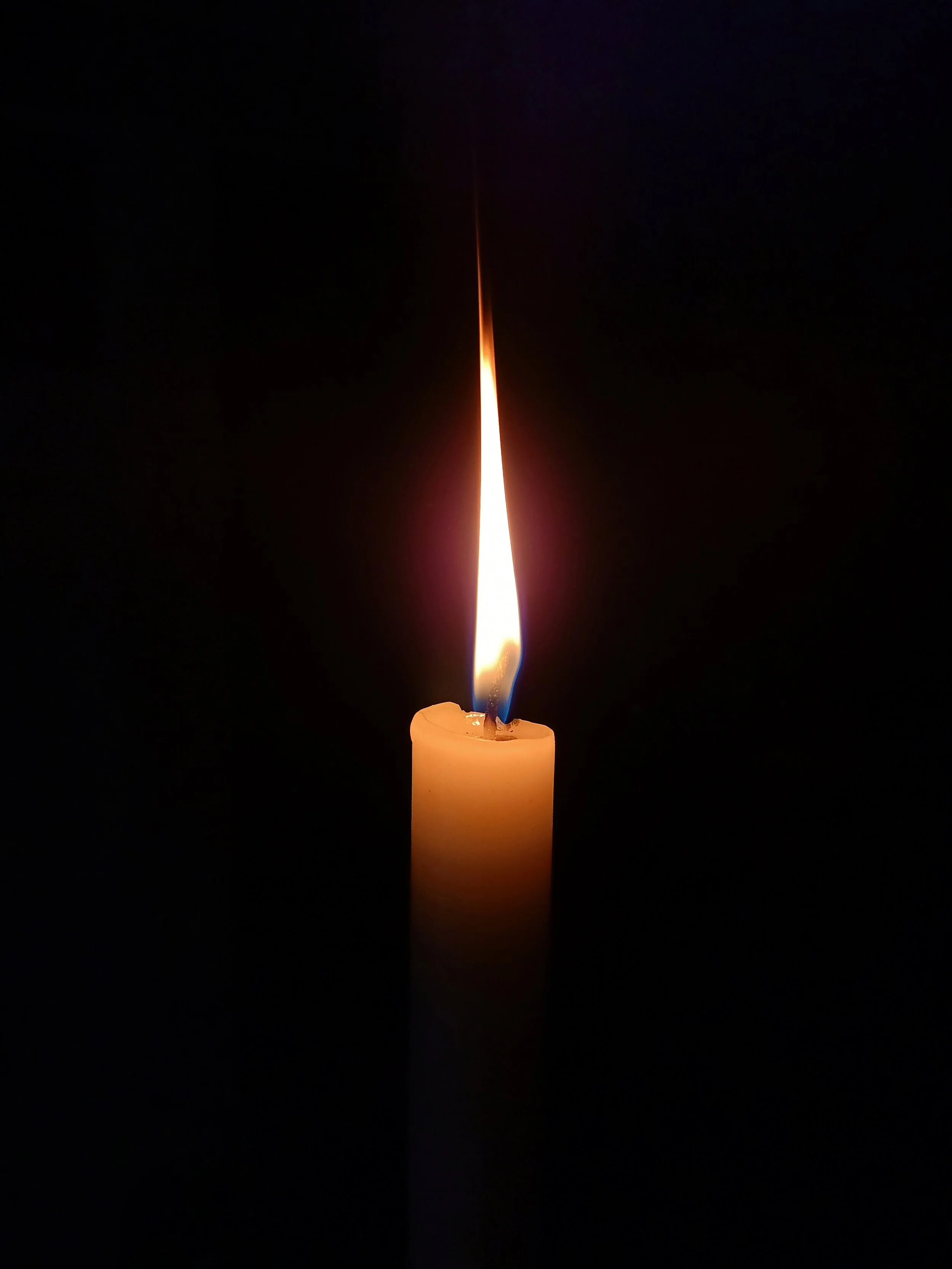Looking Back on New England's Dark Day
New England’s Dark Day, as it would become known, occurred on May 19, 1780, when thick clouds and haze obscured the sun making it so dark that candles were needed by noon for residents to see. The darkness extended from Maine all the way down to New Jersey causing chaos and confusion.
It started out as a typical day all across New England. People went about their usual lives until mid-morning when the skies began to darken. Soon, a large mass of heavy rust-colored clouds began to move in from the west dimming the skies as the clouds blanketed the rising sun. The morning continued on and the shadow and fog continued to gather. By noon, the sun was completely obscured, leaving New England in the grip of gloomy darkness. Rainwater gave off a strange sooty smell and black scum floated on the surface of rivers. New Englanders weren’t sure what was happening and thus responded with terror and panic.
This was a time where a lack of understanding of science and god-fearing religious ideologies led people to believe this was the end of the world. Some people flocked to the nearest church to repent and pray while others gathered in taverns for a much-needed drink. Children were let out of their schools. Even the animals were confused; the peepers began their chorus of chirps generally reserved night time and disoriented chickens went to their roosts. That night was remembered as the darkest on record. Sleep didn’t come easy for many that night, the anxiety and worry weighed on them too much.
By the next day, the pall had lifted. Overnight a light breeze arrived, blowing away the clouds and haze. It didn’t take long for a fierce debate to erupt in the press. Some blamed the event on astronomical events such as a solar eclipse, meteor strikes, or the transit of Mercury or Venus. Others attributed it to the comingling of airborne vapors, divine retribution for the violence of the ongoing American Revolution. A Harvard professor named Samuel Williams tried to get to the bottom of it by studying weather data and collecting personal accounts of the event. Upon collecting this data, he discovered that it was in fact, limited to New England. He also ran across reports of massive forest fires ravaging their way through the Northeast. Some people had observed that “thick, dark, and sooty” rain, as well as the smell of burnt leaves, accompanied the Dark Day. Williams’s conclusion was that a cloud of ash and smoke from distant wildfires had been the cause. Although, his theory was dismissed in the papers.
Finally, in 2007 he was proven right when researchers at the University of Missouri discovered signs of a massive, centuries-old wildfire in the Algonquin Highlands of southern Ontario. The fire left scars in the rings of affected trees that allowed them to date the fire to the spring of 1780. They then studied weather reports from the period and concluded that the combination of low barometric pressure and strong winds had most likely carried the smoke into the upper atmosphere and over the Northeast. A similar event occurred in 1881 when haze from fires in Ontario and Michigan traveled to New England and reduced the sunlight by up to 90 percent.
Without this explanation in 1780, the people of New England continued to speculate about the cause of the Dark Day. They continued to look back on the day with a mixture of terror and astonishment. Many New Englanders observed the first anniversary of the perplexing event with a day of fasting and prayer. Over the years the Dark Day was depicted in numerous works of art and pieces of poetry. For years preachers took advantage of the apocalyptic overtones of the event to scare people into converting to the newly formed Shaker religion. Eventually, the Dark Day began to become ingrained in New England lore.
FOLLOW ALONG
@laurenscorza on Instagram









Step back in time and immerse yourself in the captivating history of Ventfort Hall, a magnificent Gilded Age mansion nestled in the heart of Lenox, Massachusetts. From opulent beginnings to its eerie encounters with the paranormal, this post takes you on a riveting journey through time and intrigue.